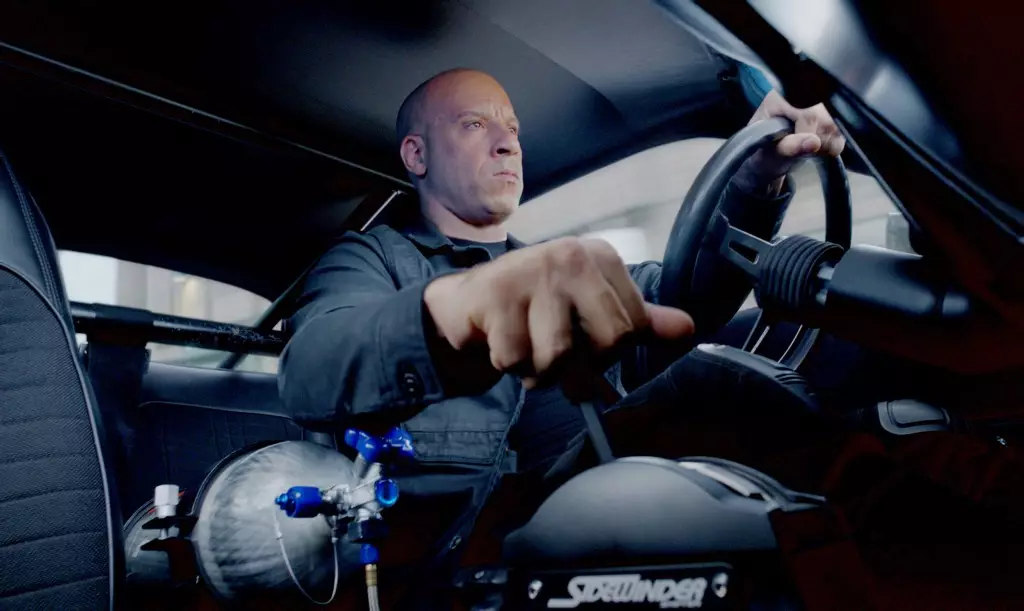As cinematic universes continue to dominate the box office, sequels have transformed from mere continuations to monumental projects carrying enormous expectations. The upcoming release of Fast X: Part 2 epitomizes this reality for Vin Diesel and Universal Pictures, as they wrestle with the heavy burden of delivering yet another installment in a franchise that has grossed over $7.3 billion globally. The pressures that come with such financial stakes can create intricate challenges, not just in terms of storytelling, but also regarding production timelines, creative differences, and fan loyalty.
In his recent social media post, Diesel expressed a complicated scenario involving conflicting demands from various stakeholders. Universal wants a swift turnaround to get Fast X: Part 2 in theatres by March 2026, while Comcast insists that the franchise should culminate in a two-part finale. This duality represents a broader problem in Hollywood where creative artists like Diesel are caught between commercial objectives and their artistic vision. The studio is not just concerned with what fans desire—such as the return of beloved characters or thrilling street racing scenes—but also with how to maximize box-office profits through strategically timed releases.
The return of Dwayne Johnson is a focal point in Diesel’s reflections, hinting at past tensions but also at an unresolved narrative that fans might be eager to see play out. Their on-screen rivalry adds a layer of drama that can elevate the film’s appeal if handled correctly. The involvement of seasoned writers like Christina Hodson and Oren Uziel indicates an effort to infuse fresh ideas into the sequel while retaining the essence of what fans have come to expect. However, the challenge lies in balancing action-packed sequences with meaningful character development, particularly when dealing with a significant franchise with deeply ingrained fan loyalty.
Another hurdle Fast X: Part 2 faces is the strategic scheduling of its release date. Currently, Universal has reserved March 13, 2026, for an unnamed project, which complicates the timeline for Fast X: Part 2. Moreover, the competitive landscape is tightening, as evidenced by Disney’s upcoming Moana 2, which aims to steal the spotlight from the Fast franchise. The close timing of releases means that Universal must tread carefully to ensure that they are not overshadowed, as the prospect of competing against a potential blockbuster could impact box office revenues.
As Diesel expressed a desire to return to the franchise’s roots focusing on “real street racing” and “practical stunts,” it reflects not only nostalgia but also a recognition of what initially captivated audiences. The Fast & Furious series must leverage its core elements while innovating to thrive in an increasingly crowded market. Fast X: Part 2 holds the potential to offer this blend if it can reconcile the intense pressures of a billion-dollar franchise with creative storytelling and fan engagement. As the countdown to release continues, all eyes will be on how this cinematic juggernaut navigates the road ahead.

